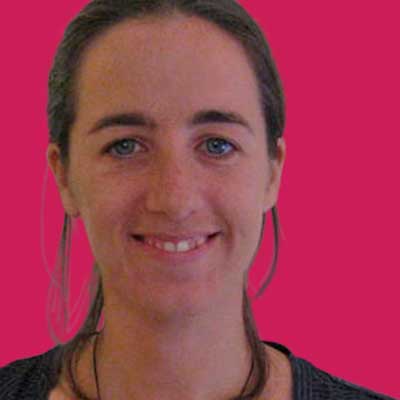Our webinar with Dr. Anne Meade, Pedagogical Leader at Daisies Early Education and Care Centre, and Meg Kwan, Educational Leader at Daisies, offered valuable insights into the processes of designing and implementing a local curriculum, drawn from Te Whāriki. Here are some of the key ideas explored:
Local curriculum
Local curriculum refers to determining your priorities and foci for learning according to your own context and shared values. At Daisies, place-based (whenua-based) learning is valued, alongside concepts such as sustainability. Local curriculum is also about being responsive to what is coming your way and what is currently important to you and your families. For example, a current curriculum priority for the team at Daisies is communication, in response to the changing roll at Daisies which is becoming more multicultural.
Educational leadership for curriculum and programmes
Educational leaders do some shaping of the bigger picture of the curriculum, by drawing on what is happening in the centre as well as the centre’s overarching goals to formulate a question or topic that will be investigated both as a centre and in smaller teams. Often it’s drawn from Te Whāriki. An overarching goal or investigation works well for Daisies as it ensures all teachers have a shared understanding of what is going on for children, and what to do to support children’s learning. There are also more opportunities to crossover between groups, and to nurture connections and a sense of tuakana teina between children.
Curriculum priorities and professional learning
Curriculum goals are used for teachers’ reflection and professional learning as well as for children’s learning. Teachers start with the goal, and reflect, for example: How are we promoting and protecting children’s own and other languages and how can we do that more? This results in teachers learning more about bilingualism and how to support it.
Child-led learning
There has to be a mix of intentional teaching and child-led learning and it’s important to find that balance. Investigation is just one aspect of the programme at Daisies. Two to four intentional experiences are planned for each week, and all the other hours are for free play. The teachers believe that if you only ever follow children’s interests how will they ever widen their interests? A key teacher system ensures that teachers are also planning intentionally around the goals and interests of individual children, which ensures curriculum enrichment and opportunities for all children. Small group huis are held which cater for a range of interests, and children can make a proposal for activities or write a proposal (with the support of their family) about what they want to do on the proposal board in the hallway as they enter the centre.

